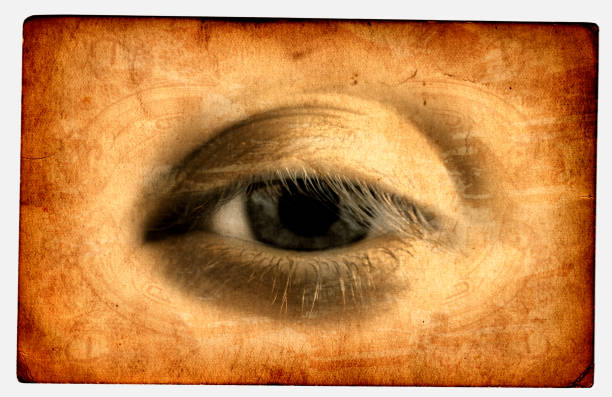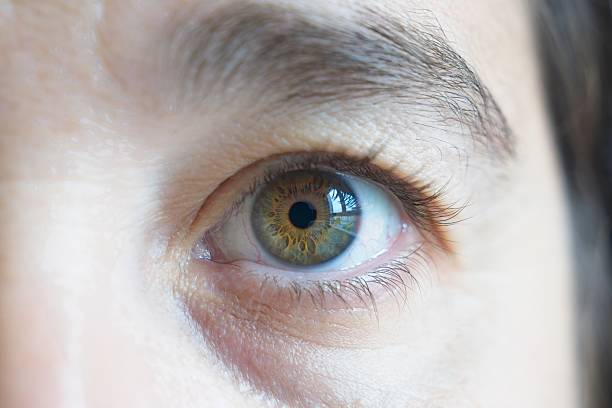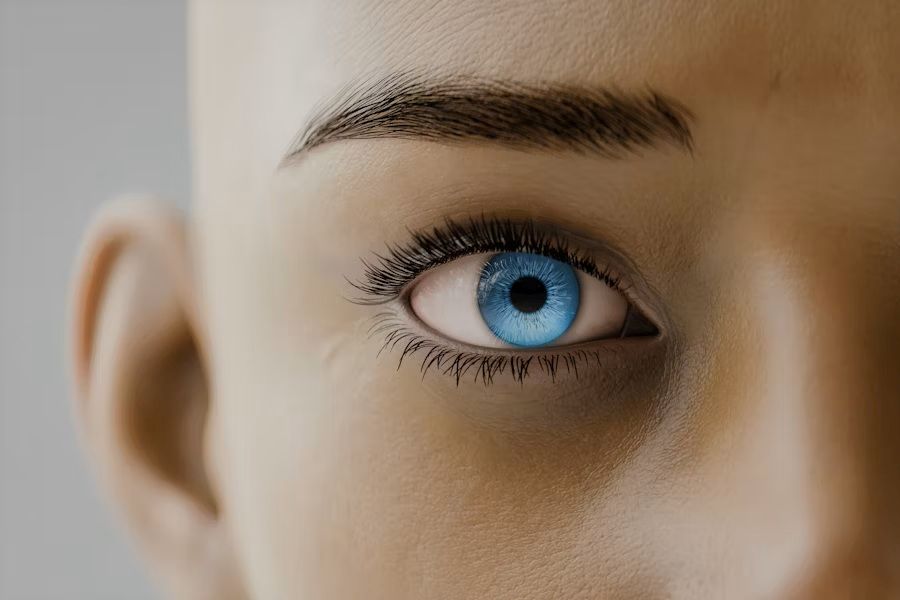Your Cart is Empty
The Truth About Iris Reading: Ancient Wisdom or Modern Pseudoscience?

The human eye has long been revered as a window to the soul, but can it also be a window to our health? This is the central claim of iridology, also known as iris reading or iris diagnosis. Proponents of this alternative medicine practice assert that patterns, colors, and other characteristics of the iris can reveal information about a person's overall health and even predict future ailments. But as we peel back the layers of this intriguing concept, we're faced with a crucial question: Is iridology a profound insight into human health, or is it merely a pseudoscientific mirage?
The Origins and Claims of Iridology
Iridology as we know it today traces its roots to the 19th century, with Hungarian physician Ignatz von Peczely often credited as its founder. Legend has it that as a child, von Peczely noticed changes in an owl's iris after the bird suffered a broken leg. This observation led him to develop the theory that the iris could reflect the state of health in different parts of the body.
The core principles of iridology include:
1. The iris is connected to every organ and tissue in the body via the nervous system and energy pathways.
2. The left iris corresponds to the left side of the body, and the right iris to the right side.
3. Different areas of the iris represent different organs and body systems.
4. Changes in these areas can indicate imbalances or diseases in the corresponding body parts.
5. Iris analysis can reveal inherent strengths and weaknesses, allowing for preventative health measures.
Iridologists claim to be able to diagnose a wide range of conditions, from digestive issues to chronic diseases, simply by examining the iris. Some even suggest that iris reading can reveal personality traits and emotional predispositions.
The Scientific Perspective
While iridology has its passionate advocates, the scientific and medical communities have largely dismissed it as a pseudoscience. Several key factors contribute to this skepticism:
1. Lack of Anatomical Basis: There's no known mechanism by which the iris would change in response to disorders in other parts of the body. The iris's primary function is to control the amount of light entering the eye, not to serve as a diagnostic tool for systemic health issues.
2. Poor Diagnostic Reliability: Multiple studies have shown that iridologists cannot consistently or accurately diagnose conditions based on iris examinations. In one notable study published in the Journal of the American Medical Association, iridologists were unable to detect kidney disease in patients when shown photographs of their irises.
3. Absence of Standardization: There's a lack of agreement among iridologists about which iris signs correspond to which health conditions. This inconsistency raises doubts about the practice's validity.
4. Potential for Harm: Relying on iridology for diagnosis could lead to delays in seeking proper medical treatment or unnecessary anxiety about non-existent health problems.
5. Failure to Pass Clinical Trials: Controlled studies have repeatedly failed to demonstrate the efficacy of iridology in diagnosing or predicting health conditions.
Dr. Emma Richardson, an ophthalmologist, states, "While the iris is indeed a fascinating structure, there's no scientific evidence to support the claims made by iridology. The iris does not change in response to health conditions in other parts of the body."
The Rise of Eye Photography: A New Perspective on Iris Analysis
Interestingly, while traditional iridology faces scientific scrutiny, a new trend in eye photography is emerging, offering a different approach to iris analysis. With the advancement of smartphone camera technology, many people are now capturing high-resolution images of their own irises.
This trend, often referred to as "iris selfies" or "eye photography," has gained popularity on social media platforms and among digital artists. Unlike iridology, this practice doesn't claim to diagnose health conditions. Instead, it focuses on the aesthetic and uniqueness of each person's iris.
Emily Harris, a digital artist specializing in iris photography at Iris Blink, explains, "Each iris is like a fingerprint – utterly unique. With today's phone cameras, people can capture incredibly detailed images of their eyes, revealing patterns and colors they've never noticed before."
This surge in eye photography has led to several interesting developments:
1. Personalized Art: Many are turning their iris photos into custom artwork, celebrating the unique beauty of their eyes.
2. Biometric Security: Some tech companies are exploring the use of iris patterns for secure identification, similar to fingerprint recognition.
3. Medical Documentation: Eye care professionals are utilizing high-quality iris photos to track changes in eye health over time.
4. Scientific Research: The abundance of iris images is providing researchers with a vast database to study iris patterns and potentially uncover new insights about eye health and genetics.
While this trend doesn't validate the claims of traditional iridology, it does highlight the fascination people have with the intricate details of their eyes. "It's a perfect blend of science and art," says Davies. "People are learning about their eye anatomy while creating stunning visual content."
The Ethical Considerations
The controversy surrounding iridology raises several ethical concerns:
1. Patient Vulnerability: People seeking alternative health solutions may be particularly vulnerable to unproven practices.
2. Financial Exploitation: Some may spend considerable money on iridology consultations and treatments that have no proven medical benefit.
3. Delayed Diagnosis: Relying on iridology could potentially delay the diagnosis of serious conditions that require immediate medical attention.
4. Spread of Misinformation: In the age of social media, unsubstantiated health claims can spread rapidly, potentially misleading large numbers of people.
Dr. Sarah Lopez, a medical ethicist, comments, "While we must respect individual choices in healthcare, it's crucial to provide accurate information about the limitations and lack of scientific support for practices like iridology."
The Future of Iris Analysis
As we look to the future, it's clear that interest in the human iris isn't waning. However, the focus is shifting from unproven diagnostic methods to more scientifically grounded applications:
1. Iris Recognition Technology: The unique patterns of the iris are being used in biometric identification systems.
2. Ophthalmological Diagnostics: Legitimate medical uses of iris examination continue to evolve, particularly in the early detection of eye diseases.
3. Genetic Research: Studies are exploring how iris patterns might be linked to genetic factors, potentially offering insights into hereditary traits and conditions.
4. Artistic and Personal Expression: The trend of iris photography and artwork celebrates the beauty and uniqueness of each person's eyes without making unfounded health claims.
Conclusion
While the allure of iridology as a simple, non-invasive diagnostic tool is understandable, the scientific evidence overwhelmingly suggests that it lacks validity. The human desire to find meaning and health insights in the captivating patterns of the iris is perhaps more a testament to our fascination with the human body than a reflection of medical reality.
As we continue to explore and appreciate the complexity of the human eye, it's crucial to distinguish between scientifically-backed medical practices and unproven alternative therapies. The emerging trend of iris photography offers a compelling middle ground – a way to celebrate the unique beauty of our eyes without making unfounded health claims.
In the end, while our eyes may not be the health crystal balls that iridologists claim, they remain windows to our individuality, worthy of admiration and proper care. As we marvel at the intricate patterns captured in high-resolution iris photos, we're reminded of the true wonder of human biology – a wonder that doesn't need pseudoscientific embellishment to be truly awe-inspiring.
Leave a comment
Comments will be approved before showing up.




